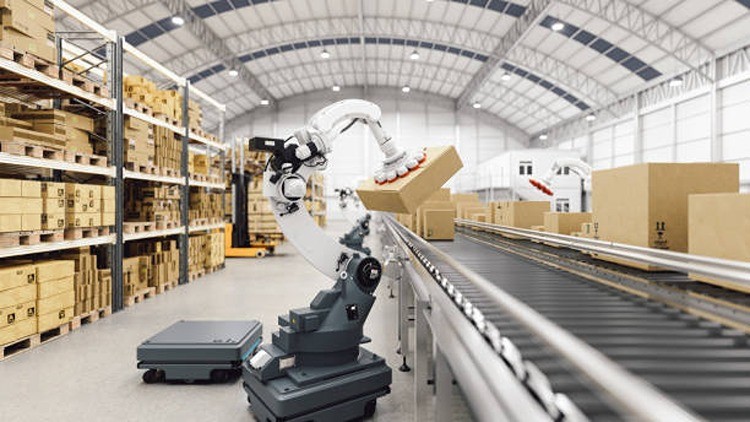
“Maximizing Efficiency and Innovation in Modern Warehouse Operations”
What you will learn
Understanding daily operations, including receiving, storage, picking, packing, and shipping processes.
Techniques for tracking and managing stock levels, including inventory control systems like FIFO (First In, First Out) and LIFO (Last In, First Out).
Planning efficient layouts to maximize space utilization and streamline workflows.
Learning different types of storage systems like pallet racking, shelving, and automated storage solutions.
Familiarization with equipment like forklifts, conveyors, and automated guided vehicles (AGVs).
The use of Warehouse Management Systems (WMS) and other digital tools for tracking inventory, optimizing space, and improving accuracy
Best practices for ensuring safety in the warehouse environment, including equipment handling and hazard prevention.
Managing operational costs through resource allocation, labor management, and process optimization.
How warehousing fits into the larger supply chain, from suppliers to customers.
Techniques for reducing environmental impact, such as energy-efficient practices and sustainable packaging.
Why take this course?
Note➛ Make sure your 𝐔𝐝𝐞𝐦𝐲 cart has only this course you're going to enroll it now, Remove all other courses from the 𝐔𝐝𝐞𝐦𝐲 cart before Enrolling!
- Introduction to Warehouse Management
Students will explore the fundamental principles of warehouse management, understanding the role of warehouses in the supply chain and how they support overall business operations. This includes an overview of different types of warehouses (e.g., distribution centers, fulfillment centers) and their specific functions. - Warehouse Layout and Design
The course delves into designing efficient warehouse layouts, focusing on optimizing space utilization, workflow efficiency, and ease of access. Students will learn how to plan storage zones, pick paths, and material handling areas to maximize productivity. - Inventory Control and Management
Key concepts in inventory management will be covered, such as stocktaking, inventory turnover, and order replenishment. Students will learn about inventory tracking systems (e.g., FIFO, LIFO), and how to maintain optimal inventory levels to avoid overstocking or stockouts. - Material Handling Systems and Equipment
Students will explore the various types of material handling equipment, such as forklifts, conveyors, and automated guided vehicles (AGVs). This section covers both manual and automated handling processes and their impact on efficiency and safety. - Warehouse Management Systems (WMS)
The course will provide insight into the technology used in modern warehouses, focusing on Warehouse Management Systems (WMS). Students will learn how these systems help track inventory, manage orders, and optimize workflows, improving the overall performance of warehouse operations. - Health, Safety, and Regulatory Compliance
Students will understand the importance of health and safety in a warehouse environment, learning about regulations, standards, and best practices that ensure worker safety. Topics include hazardous materials handling, equipment safety, and ergonomic considerations. - Cost Management and Operational Efficiency
This section focuses on managing warehouse costs effectively, including labor, equipment maintenance, utilities, and storage space. Students will develop strategies for reducing operational costs while improving warehouse performance through process optimization. - Performance Metrics and Benchmarking
The course will teach students how to measure and evaluate warehouse performance using key performance indicators (KPIs) such as order accuracy, on-time delivery, and cost-per-pick. Benchmarking techniques will be introduced to help students assess performance against industry standards. - Sustainability in Warehouse Operations
Students will learn how to integrate sustainable practices into warehouse operations. This includes energy-efficient technologies, waste reduction strategies, and the use of eco-friendly materials, aligning with corporate social responsibility and environmental goals. - Warehouse Role in Supply Chain Optimization
Finally, the course explores how effective warehouse management contributes to overall supply chain optimization. Students will learn how to synchronize warehousing with other supply chain activities such as procurement, transportation, and distribution to ensure seamless product flow and improve customer satisfaction.
English
language
Found It Free? Share It Fast!